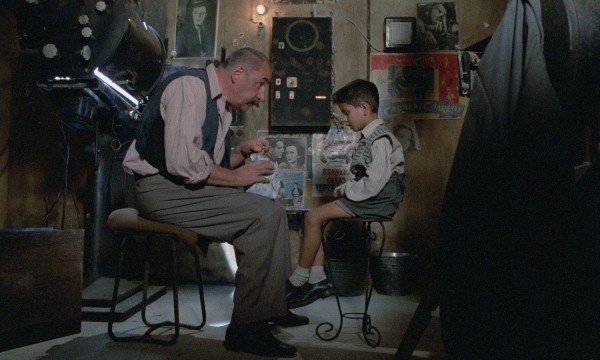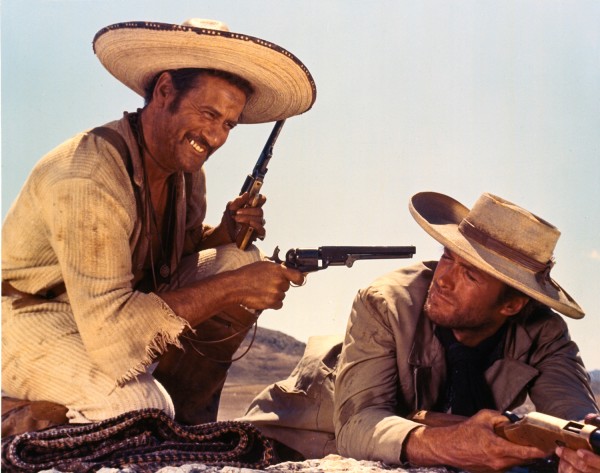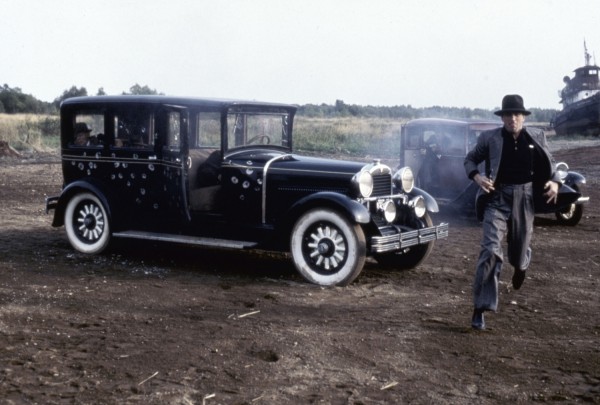From spaghetti westerns to classic Italian films, cinematic masterpieces are known not only for their stunning visuals, but also for their timeless musical scores. And, for many of these iconic compositions, we have Italian composer Ennio Morricone to thank.
Morricone composed music for hit movies like “Cinema Paradiso” and “The Thing.” His themes were not simply decorative features tacked on at the end of production, but rather, integral to each film. He collaborated closely with film crews to accurately depict the sounds of the unfolding story. Despite the diverse range of genres that his scores accompany, Morricone always crafts a sonic experience that transports viewers into the world of the film.
Morricone’s work is being honored at the Museum of Modern Art from Dec. 1 to Jan. 8 with a retrospective of over 35 films he composed. The film series is being hosted in collaboration with Cinecittà, the renowned Rome-based film studio responsible for archiving much of his work.
To learn about Morricone’s career trajectory in depth, viewers can also check out “Ennio: The Maestro” at MoMA, written and directed by his friend, Giuseppe Tornatore who worked on a total of 13 films with Morricone. The documentary features testimonies from people that have worked closely with Morricone on productions, with collaborators describing him as stubborn, charming, and a genius.
For students looking to expand their cinematic and auditory horizons, this series is a great opportunity to catch revered classics on the big screen. Morricone’s scores deserve to be showcased on a cinema sound system, not just on a laptop or through headphones. Listening to his scores in a theater highlights the depth of his compositions and provides audiences the intended environment to experience his scores. Like all MoMA film screenings, students are also offered a discounted rate for tickets. Here’s a short list of films worth checking out.
Cinema Paradiso (1988)

(Courtesy of Paramount)
Thirty five years after its initial release, “Cinema Paradiso” is still considered a worldwide cinematic gem. The heartwarming movie depicts a film projectionist, Alfredo (Philippe Noiret), and a young village boy, Salvatore (Salvatore Cascio), who takes refuge in the projectionist’s booth. Their father-son relationship becomes increasingly more meaningful as they share the magic of cinema. Tornatore beautifully pairs rural Sicily with Morricone’s romantic and heartfelt compositions. Nostalgic, tender and dreamy sounds combine to evoke a bittersweet sensation.
“I’ll never forget the way Ennio Morricone described music as ‘energy, space and time,’” explained Yo-Yo Ma, a colleague of Morricone’s, and these sensations are definitely present in the “Cinema Paradiso” score.
“Cinema Paradiso” will be shown on December 1 at 7 p.m. and Dec. 4 at 4:30 p.m.
The Good, the Bad and the Ugly (1966)

“The Good, the Bad and the Ugly,” directed by Sergio Leone, stars Clint Eastwood as “the Good,” Lee Van Cleef as “the Bad” and Eli Wallach as “the Ugly.” All three characters are after one thing: gold. Heated arguments, intense shootouts and chases on horseback ensue. Morricone’s “The Trio” accompanies the final standoff, which features all three stars on the verge of shooting each other, leaving one dead, one hung and one riding out towards the horizon. The theme song is unforgettable. If you don’t recognize the film by name, you will certainly have heard this engrossing track.
“I have always found something sacred and mystical, even in the soundtracks I wrote for Sergio Leone’s westerns,” Morricone said in a 2015 interview. These qualities are certainly present in the film’s grandiose soundtrack, which features yodeling, sounds of whips and howling coyotes. These specific finishing touches on the orchestral western soundtrack once again emphasize his use of all sounds to create a complete and complementary soundtrack.
“The Good, the Bad and the Ugly” will be shown on Dec. 3 at 4 p.m. and Dec. 9 at 6:30 p.m.
Once Upon a Time in America (1984)

Morricone’s famed “Deborah’s Theme,” the main score of the film, is especially heart-wrenching when Noodles (De Niro) and Deborah (McGovern) slow dance in an empty ballroom after many years of pain, love and betrayal. The two characters are united for a moment in this scene, highlighted by Morricone’s swelling orchestral score.
“Once Upon a Time in America” will be shown on Dec. 16 at 6:30 p.m. and Dec. 23 at 7 p.m.
Contact Bianca Maiocchi at [email protected].






















































































































































